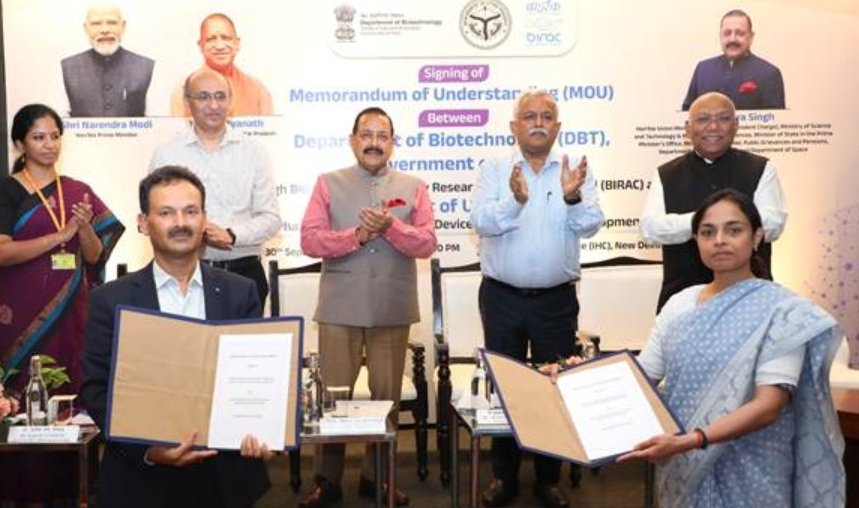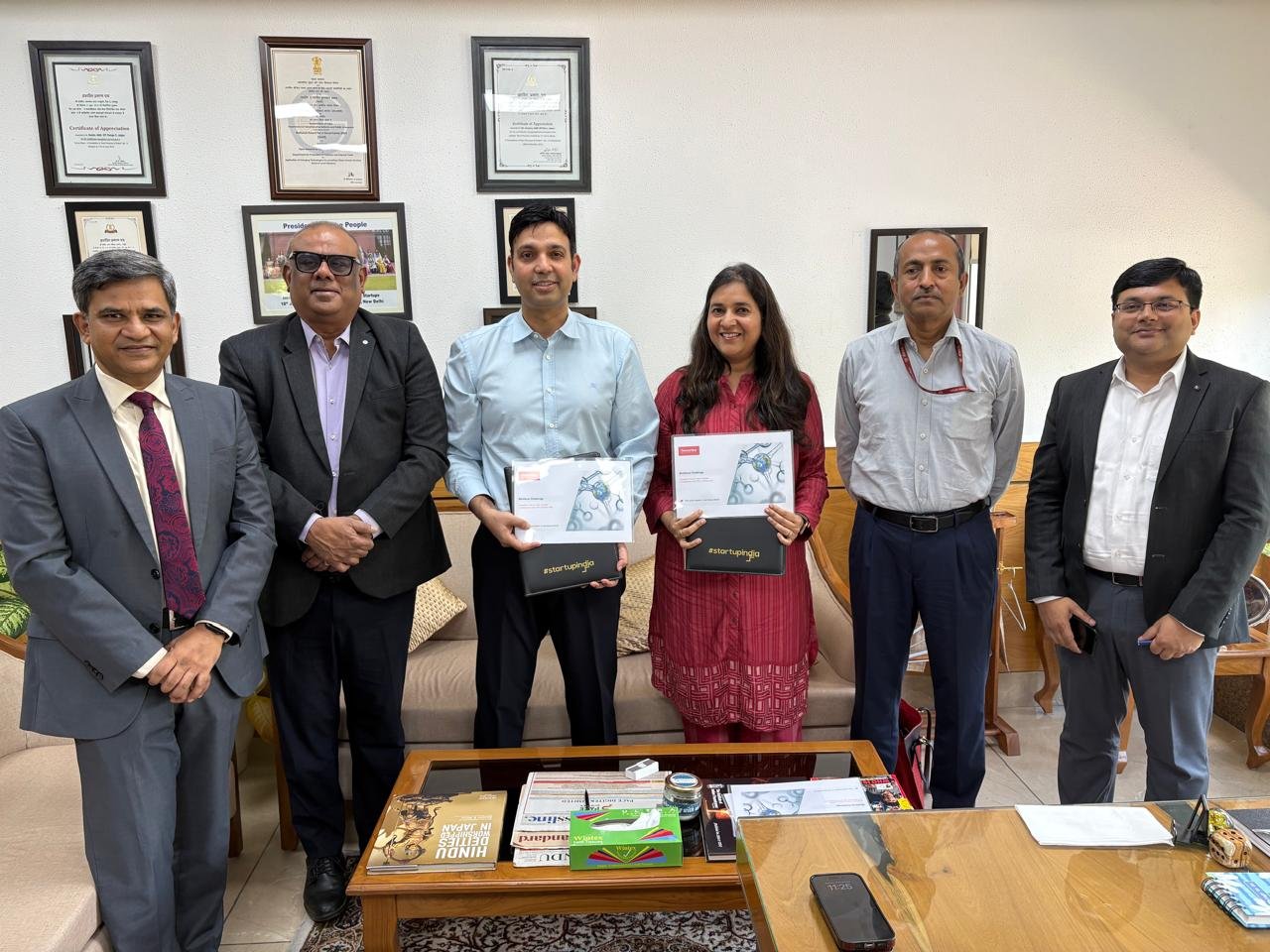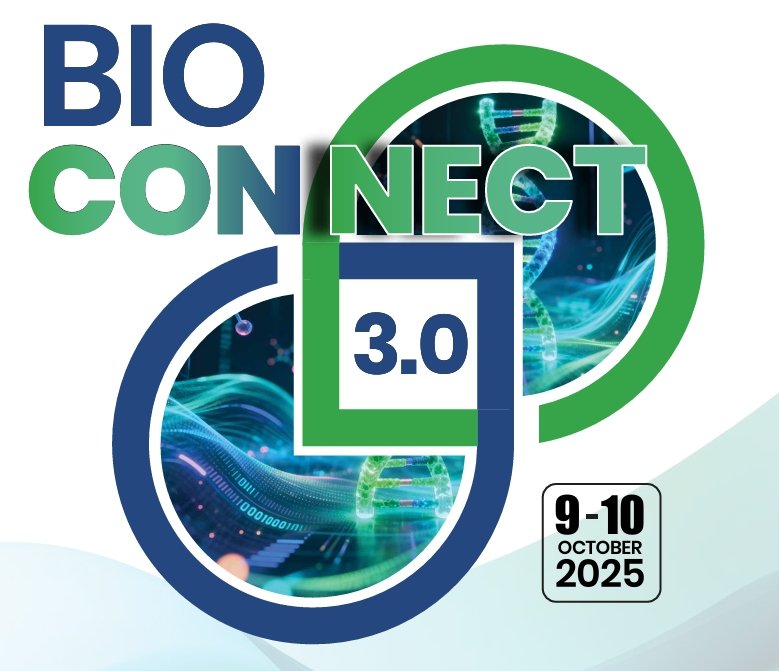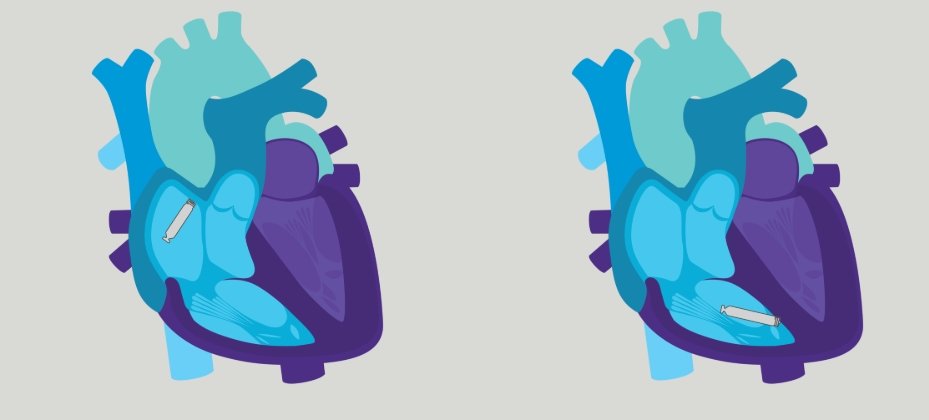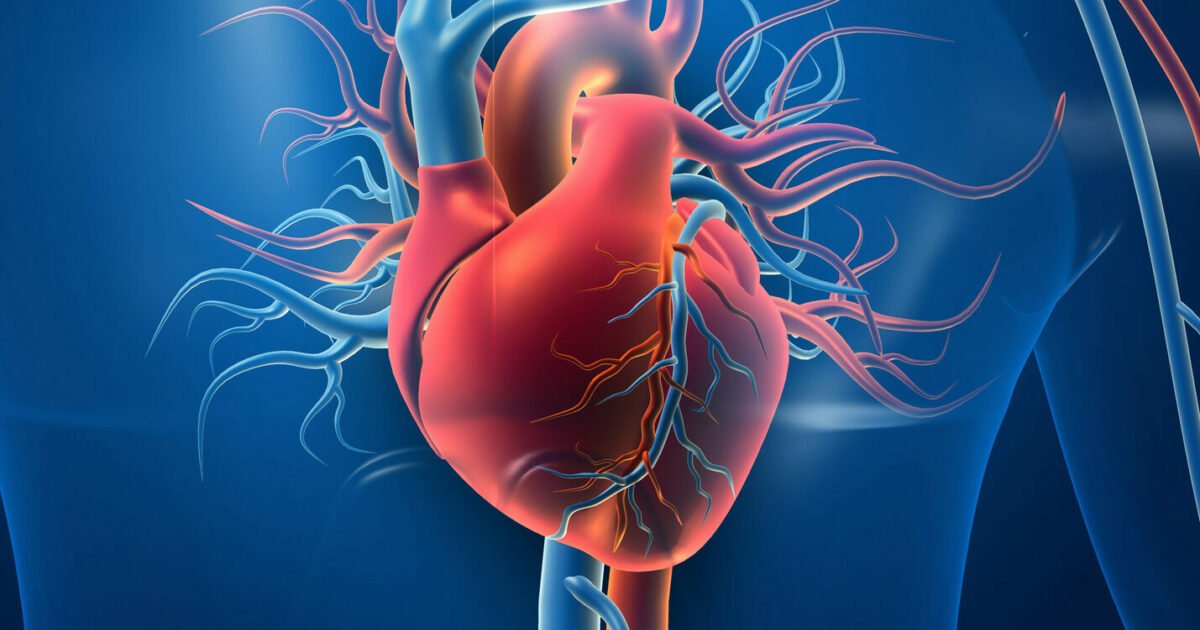4th Gen Rapid Tests to aid in HIV detection
December 02, 2022 | Friday | News
4th generation testing, equipped with high sensitivity and specificity, detects more acute infections, which account for 5 to 20 per cent of all HIV infections
Image Credit: Shutterstock
Bridging India’s testing gap is essential to strengthen the nation’s infection response and help meet the UNAIDS’ first goal – to diagnose 95 per cent of all HIV-positive patients, which can lead to effective treatment for those diagnosed, prompting viral suppression and an end to new HIV infections by 2030.
Early and accurate detection of HIV-positive patients is important to simplify the patient journey to access the needed care as quickly as possible. More so, it prevents future HIV transmissions, with individuals who are unaware of their infection 3.5 times more likely to transmit the virus to someone else. It also reduces the risk of patient morbidity and mortality.
Dr Ishwar Gilada, Consultant in HIV in Infectious Diseases, Unison Medicare and Research Centre Mumbai and President of AIDs Society of India, said, “Across India, the HIV burden is significant. Yet, only 79.4 per cent of the total estimated people living with HIV nationwide have been diagnosed positive. There remains a clear need to bridge the availability of diagnostic solutions so more people can have access to testing services. By using simple and scalable HIV testing offerings like rapid point-of-care tests under robust regulatory processes, we can plug such gaps in testing. Early testing and detection of infection, especially in acute cases where individuals have a higher risk of transmission owing to high viral load, is critical. This facilitates timely treatment which can support better patient outcomes, while also curbing the spread of infection.”
Sunil Mehra, GM, Abbott’s Rapid Diagnostics business in India, commented, "We believe that the 4th generation of point-of-care testing reflects a new standard of testing, which supports earlier detection of HIV-positive cases, even when viral load is lesser, making way for new possibilities in patient care. In India, we are supporting private and government hospitals and diagnostic centres with these next-generation tools to help address the country’s HIV burden.”
4th generation testing, equipped with high sensitivity and specificity, detects more acute infections, which account for 5 to 20 per cent of all HIV infections among people seeking testing, compared to the previous generation of tests. This helps close the window period of detection earlier, within as early as 12 days of living with the HIV infection, as compared to a typical 20 days or later period of detection seen by third-generation tests.



